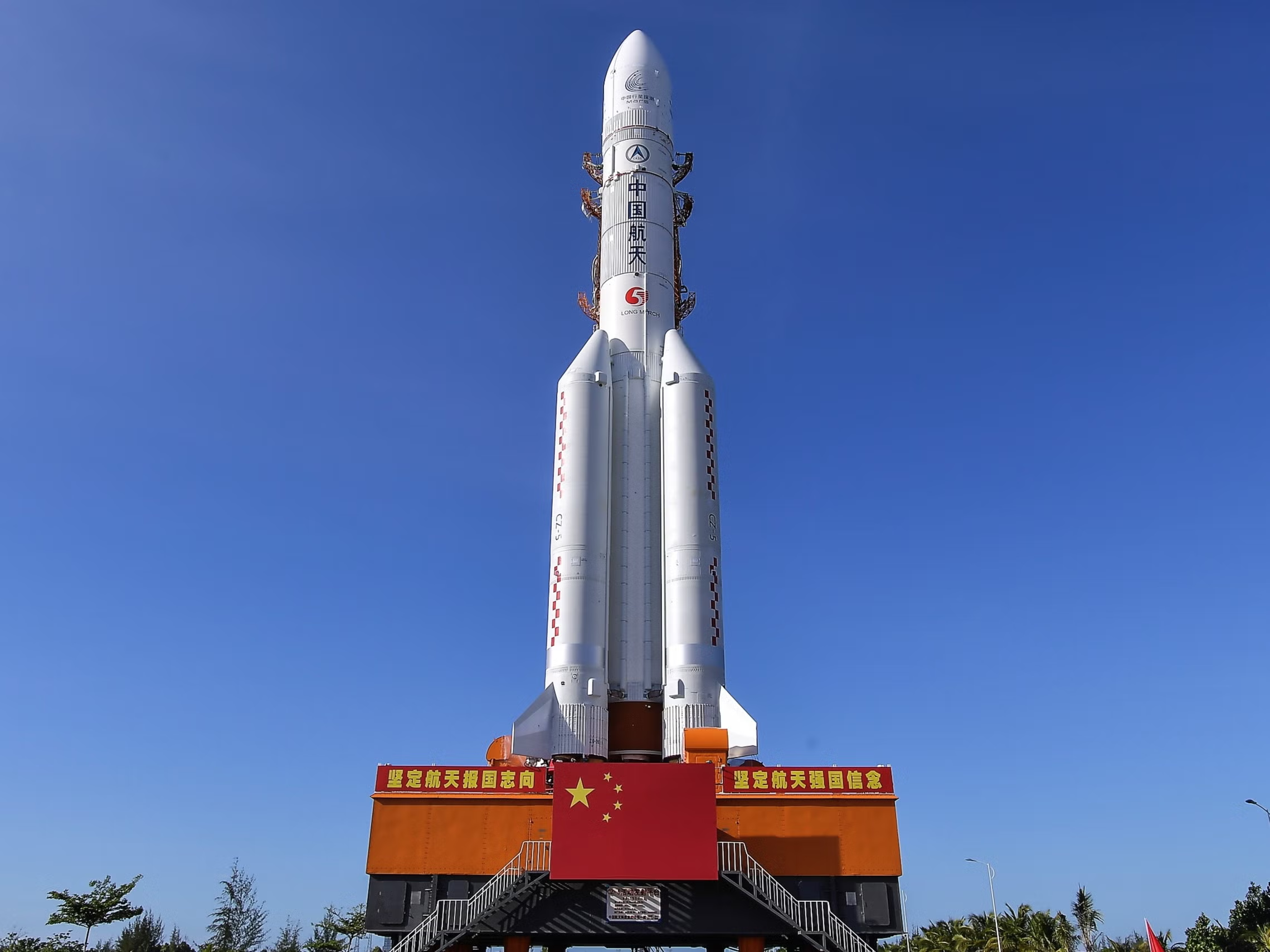
Beijing, Nov 13: China plans to send astronauts to the Moon by 2030, marking humanity’s return there more than 50 years after the last Apollo mission. Chinese space officials announced that the country is steadily advancing toward its lunar mission goal, supported by rapid progress in space technology and growing confidence in its capabilities.
Beijing’s ambition has stirred concern in Washington. The US plans to launch its own “Artemis III” mission in 2027, which aims to return American astronauts to the Moon for the first time since 1972. But delays could bring the two missions closer together, raising the possibility that China may land first.
China began human spaceflight in 2003 when astronaut Yang Liwei flew aboard Shenzhou-5. Since then, the country has launched its own space station, Tiangong, which will become the only permanent outpost in orbit once the International Space Station retires around 2030. Regular crew rotations now occur, with the Shenzhou-21 mission sending three astronauts to replace the current crew in 2025.
China’s astronauts recently faced delays returning to Earth after their capsule struck orbital debris, highlighting the risks of space missions. Despite this, China’s space record remains strong. Since the 1970s, it has developed over 20 models of Long March rockets, with 16 currently active and a 97 percent success rate, just behind SpaceX’s Falcon 9. The Long March-10 rocket, tested in August 2025, will carry the crewed lunar capsule.
Two new spacecraft, Mengzhou and Lanyue, are central to the Moon plan. Mengzhou, designed for both low Earth orbit and deep-space missions, can carry six astronauts, double that of Shenzhou. Its first uncrewed test flight is set for 2026. Lanyue, meaning “embracing the Moon,” will serve as the lunar lander, weighing 26 tons and designed for two astronauts.
China’s robotic missions have already made history. In 2024, the Chang’e-6 mission became the first to bring samples from the Moon’s far side. The country also unveiled new lunar spacesuits that same year. With $19 billion spent on space programs in 2024, far below the US’s $79 billion but enough to secure second place globally, China’s steady, politics-free progress could reshape lunar governance. As former NASA official Mike Gold said, “Whoever arrives first sets the rules.”
People’s News Monitoring Service


















Comments:
Leave a Reply